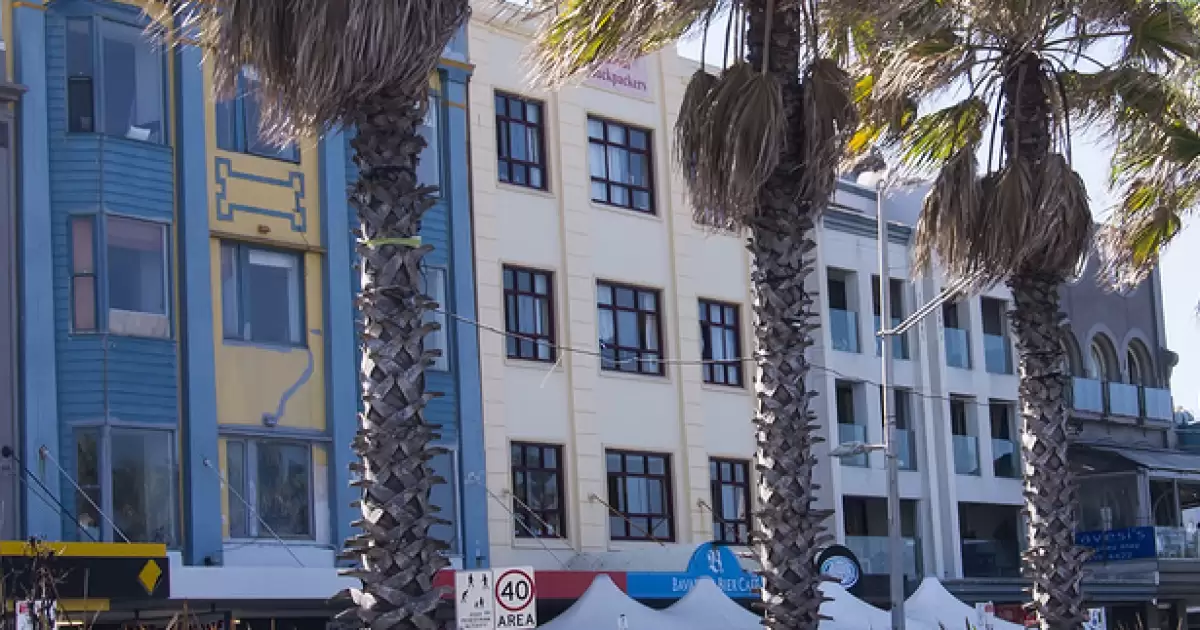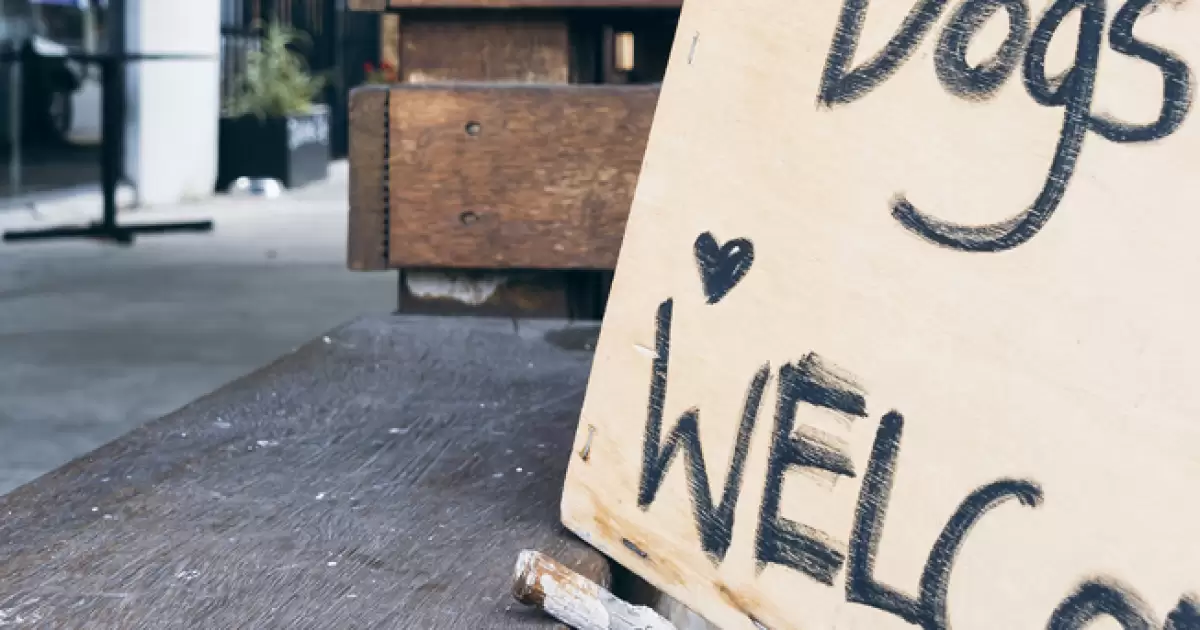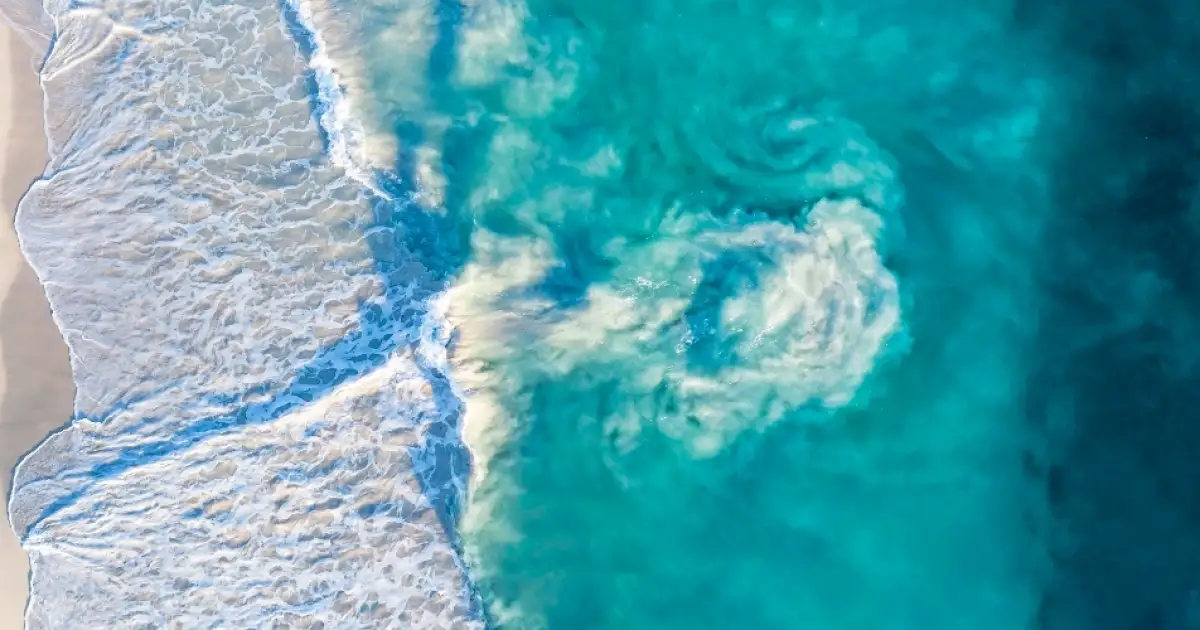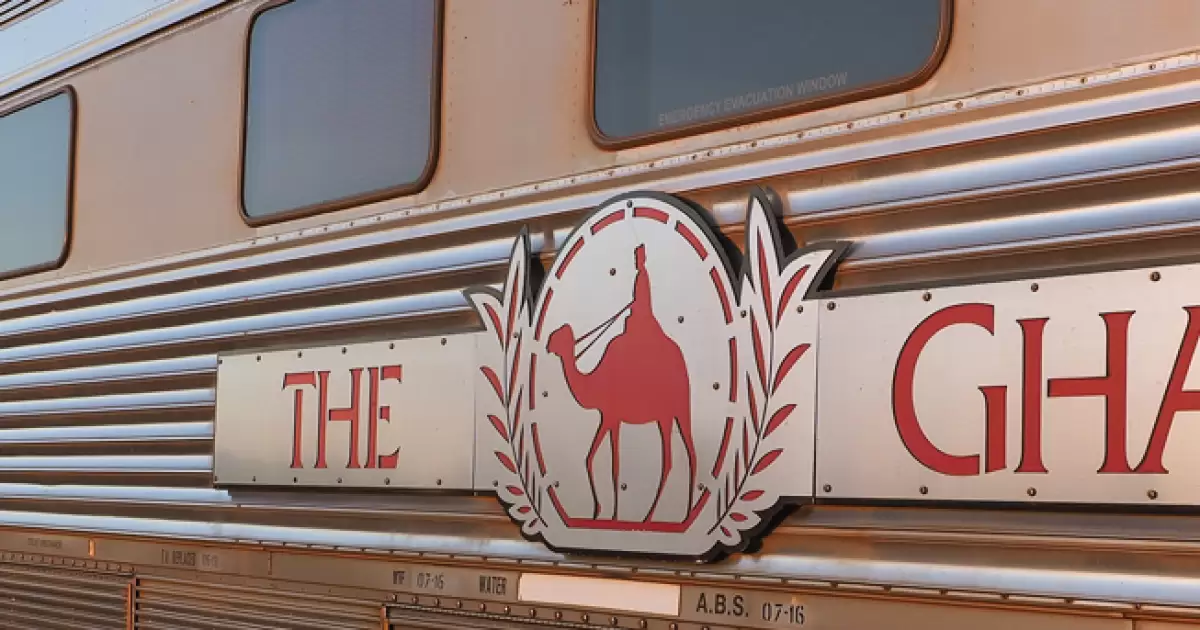Unlike mobile phones UHF CB can work anywhere and requires little to no infrastructure to be in place. UHF CB operates on a line-of-sight basis, therefore it has a very short reach. Under normal conditions, you can expect a good signal for about 5 - 8km. On a high position (such as a hill), this can be increased to up to 25km.
How To:
- Hold the transmit button on the side of your radio or handpiece, position the microphone 5 to 10cm from your face; and wait one second before beginning your transmission. This will avoid your voice being cut off
- When you’ve finished talking, release the transmit button. Unlike telephone communication, users can’t transmit simultaneously – so always wait for others to finish their message before replying.
- If you are receiving a weak signal, try turning the squelch level down to hear them. Squelch is the function which silences weak or noisy transmissions.
There are 2 channels you can use to contact other CB users for the first time.
- Channel 11 (AM) (27.085 MHz) and 476.675 MHz) in the UHF band
- Channel 16 (SSB) (27.155 MHz) in the HF band
After you've made contact you should move to another channel. This leaves the channel available for other users to contact each other.
If you are searching for someone to talk to, the scan function on your radio will flick through all available channels - and stop when it picks up a transmission.
Emergency Channels
There are 2 channels set aside for emergency messages only:
- Channel 9 (27.065 MHz) in the HF band
- Channels 5 & 35 (476.525/477.275 MHz) in the UHF band
Organisations voluntarily monitor the emergency channels and can assist in contacting the appropriate service in an emergency. But you can use any CB frequency to attract attention in an emergency.
Channel 18 is the campers and caravan convoy channel.
Channel 22 & 23 is Telemetry & Telecommand used for automated data communications only.
Channel 61, 62 and 63 are reserved for future allocation and transmission on these channels is not allowed.
Channel 10 is typically used by four wheel drive and motoring clubs when in a convoy and in national parks.
Channel 29 is the road safety channel on the M1 Pacific Motorway and Highway between Tweed Heads and Newcastle in NSW.
Channel 40 is the primary road safety channel Australia-wide, most commonly used by trucks including pilot or escort vehicles for oversized loads.
You should also avoid Channels 31 to 38 and 71 to 78 as they are the input channels for repeaters.
It’s important to understand that all communications on every channel are public. Anyone within range of you or a repeater that you’re using can hear you and join in.
Operation of a CB radio is subject to the provisions of the RadioCommunications Act 1992 and substantial fines apply for misuse.











